Search the Special Collections and Archives Portal
Search Results

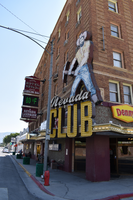
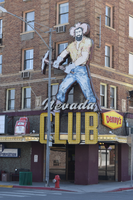
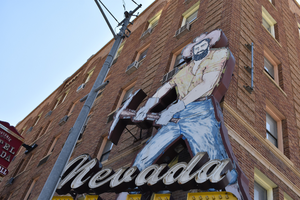
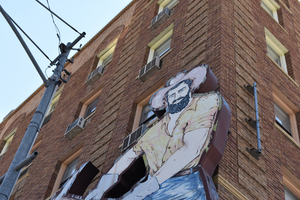
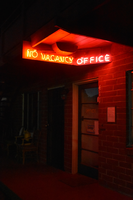
No Vacancy mounted sign, Reno, Nevada
Date
2016 (year approximate) to 2020 (year approximate)
Archival Collection
Description
A lit sign reading "No Vacancy" and "Office" for an unknown motel.
Image

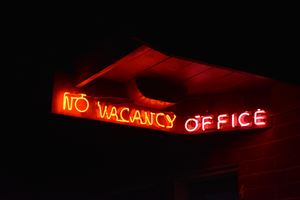
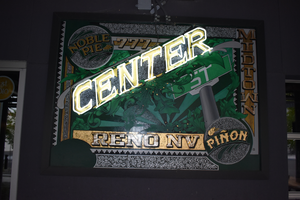
Noble Pie wall mounted sign, Reno, Nevada
Date
2020
Archival Collection
Description
View of the sign for Noble Pie, a pizza parlor, with lit neon. The sign is specific to the Midtown location.
777 S Center St #100, Reno, NV 89501
Image
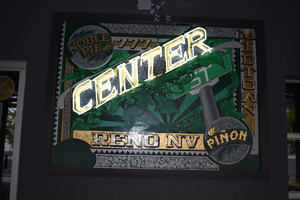
Pagination
Refine my results
Content Type
Creator or Contributor
Subject
Archival Collection
Digital Project
Resource Type
Year
Material Type
Place
Language
Records Classification
